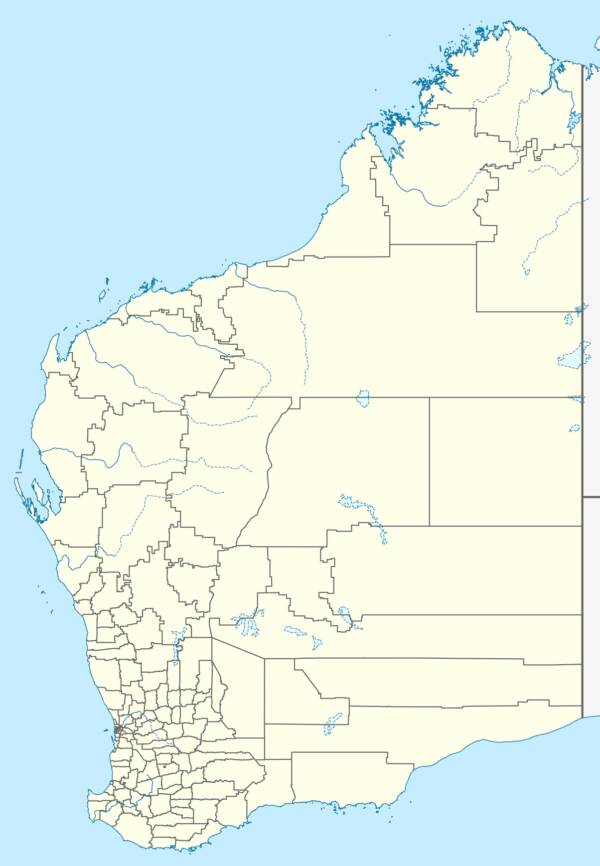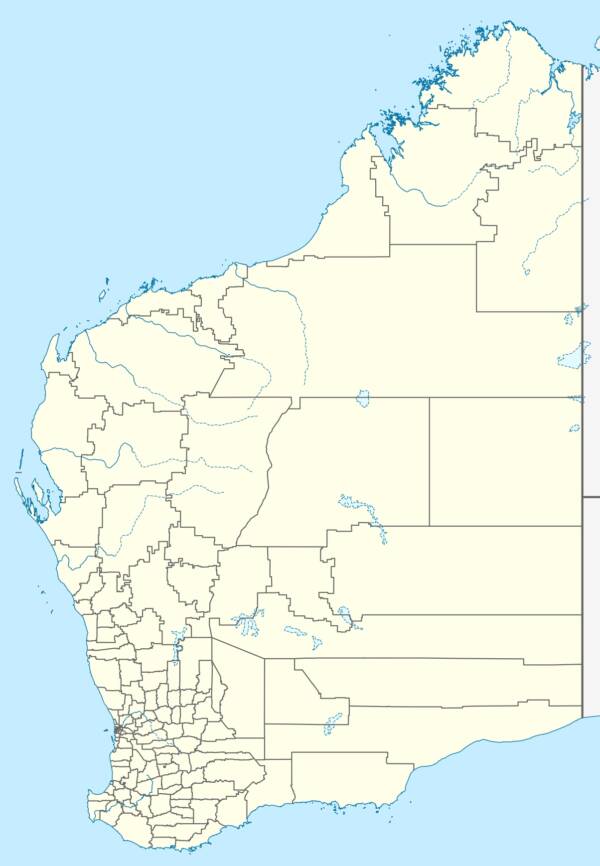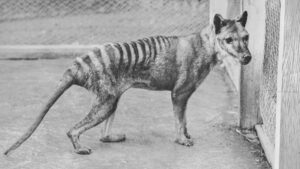“Mystery Unveiled: Earth’s Oldest Meteor Impact Site Found in the Heart of the Australian Outback!”
“Glacial deposits are absent from the rock record for around 400 million years after the Yarrabubba impact,” explained Chris Kirkland, a professor at Curtin University’s School of Earth and Planetary Sciences who was involved in the study. “The impact fits within the context of Earth moving out of frigid conditions.”
The impact may have potentially released up to half a trillion tons of vaporized ice into the atmosphere, according to models developed by the team.

Wikimedia CommonsThe Yarrabubba crater is located in western Australia, in the country’s outback.
“Our models show that if the Yarrabubba asteroid hit an ice sheet five kilometers thick… more than 200 billion tons of water vapor would be ejected into the atmosphere,” the authors wrote in The Guardian. “That’s about two percent of the total amount of water vapor in today’s atmosphere, but would have been a much bigger fraction back then.”
Based on this new evidence, the researchers theorize that the meteor that caused the Yarrabubba crater could be responsible for bringing our planet out of a prehistoric ice age. It’s a bold assertion, especially since the theory relies mostly on the coinciding time periods between the Yarrabubba crater impact and the Earth’s supposed frozen state.
The researchers themselves admit there is no evidence so far that suggests the Yarrabubba crash site was covered in ice sheets at that time. Moreover, large meteor strikes are usually associated with cooling events rather than warming events.
“They don’t have any evidence that there was a glacier at the site, so it’s like a thought experiment, it’s speculation,” said Tim Barrows, a professor of environmental change at Australia’s University of Wollongong, who was not involved in the study.














Post Comment